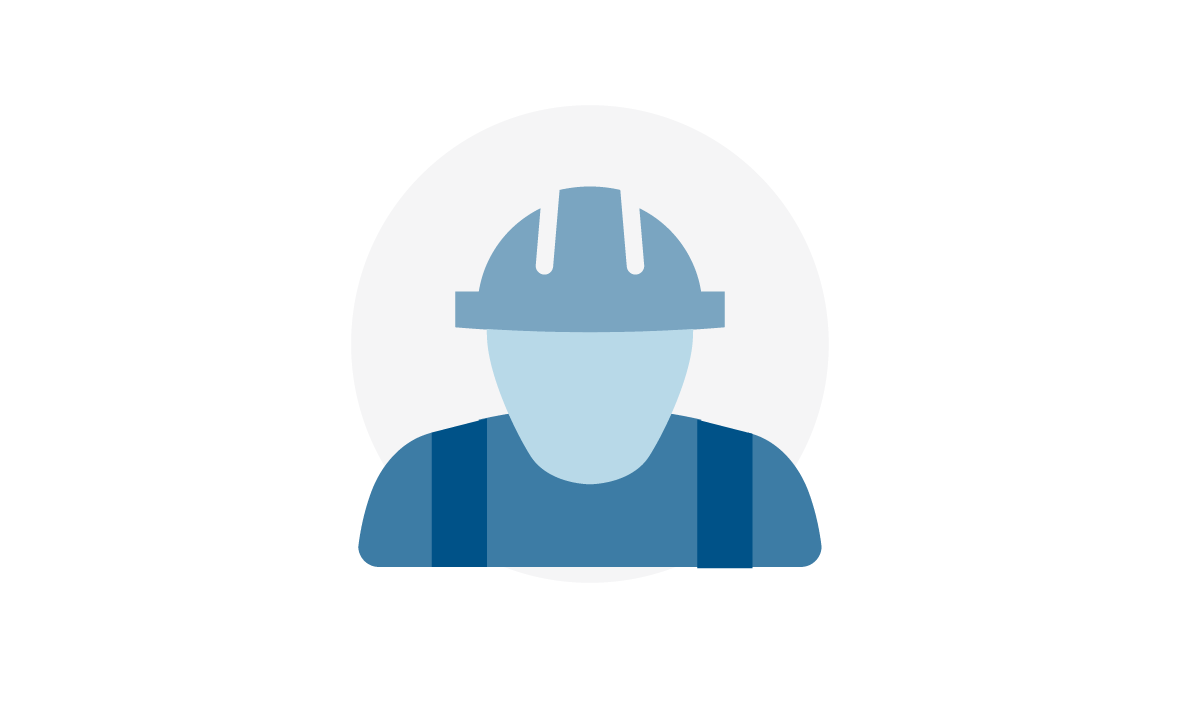Engineers, surveyors and architects play an important role in building mitigation solutions and providing data.
These resources are geared toward helping these professionals understand flood-related risks and technical tools available to them.

Know Your Risk
Know Your Role
Take Action
Know Your Risk
Get the necessary information to understand the mapped flood risk and zone(s) for your project area.
Find Your Flood Maps
Find existing flood maps through the FEMA Map Service Center (MSC).
Other Hazard Types
Looking for info about hazards other than floods? Visit the Risk Management page.
For areas that already have digitally produced Flood Insurance Rate Map (FIRMs), the data will also be available in Geographic Information System format through the National Flood Hazard Layer (NFHL).
Letter of Map Changes (LOMC)
Keep in mind that LOMCs may have been processed in your project area after the effective date of the flood map. Recent Letters of Map Revision (LOMRs) will be included in the NFHL.
Order engineering back up information used to develop the flood hazard information shown on flood maps and LOMCs through the FEMA Engineering Library.
Living with Levees
While FEMA maps flood hazards impacted by levee systems, FEMA does not build, own, or certify levees. The U.S. Army Corps of Engineers (USACE) is responsible for building and maintaining levees and for inspecting those structures to determine their level of maintenance.
States, communities, and private levee owners are responsible for maintaining and operating the levees they own according to specific design criteria.
Levee Information for Technical Partners and Engineers
Know Your Role
Make sure you understand your role as an engineer, surveyor or architect when performing flood risk or LOMC-related projects.
Cooperating Technical Partners (CTP) Program
With over 20,000 communities in the National Flood Insurance Program (NFIP), there is a significant challenge keeping flood hazard maps current.
The Cooperating Technical Partners Program is an innovative approach to creating partnerships between FEMA and participating NFIP communities, regional agencies, state agencies, tribes and universities that have the interest and capability to become more active participants in the FEMA flood hazard mapping program.
Take Action
Your project, if processed in accordance with the required FEMA, state and local requirements and standards, will help ensure that the flood map and FIS report and other flood risk products reflect the most up-to-date conditions.
Here are ways you can take action to make your project a success.
- Use the latest tools available from FEMA including Online LOMC or eLOMA processing and free specialized software for projects to update flood hazards, FIRMs and FIS reports
- FEMA provides guidance and standards for Risk MAP deliverables. Make sure your deliverables meet the necessary standards
- Make sure your project meets local permitting and building requirements. Contact the community officials where your project is located to confirm requirements which must be met. Be sure to correctly complete Elevation Certificate forms, which are required for certain LOMC requests and are used to verify compliance with building requirements
- Understand the NFIP regulations applicable to your project, read Technical Bulletins which provide guidance on NFIP building standards and adhere to NFIP and accepted industry building codes for flood-resistant design for construction projects
- Be informed of property protection measures that can be used to reduce flood risk. Advise your clients to build outside of the SFHA and/or encourage them to use these protection measures. More information is available through FEMA’s Building Science resources
- Elevation Certificates must be prepared and certified by a Licensed Land Surveyor, Registered Professional Engineer, or architect who is authorized by Commonwealth, State, or local law to certify elevation information.
- Learn how to properly request a change or amendment to the FIRM. If physical changes to the floodplain have changed the flood hazard information shown on the effective FIRM, a revision must be requested. Make sure you understand the different types of Letter of Map Amendment and which applies to your project. This includes Conditional Letters of Map Revision for proposed projects located in the SFHA. The submittal requirements (including fees and forms) and process will vary based on the LOMC type.


